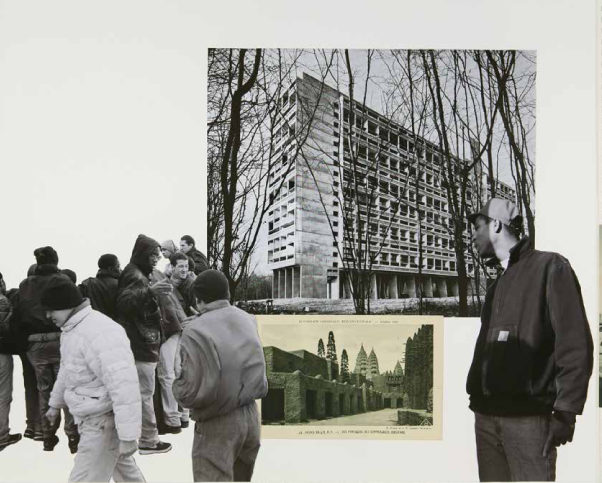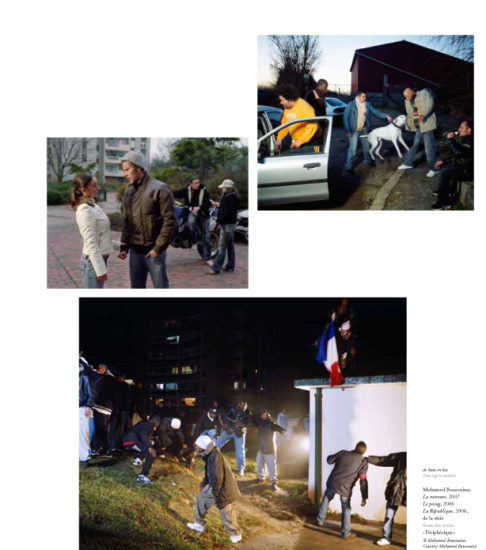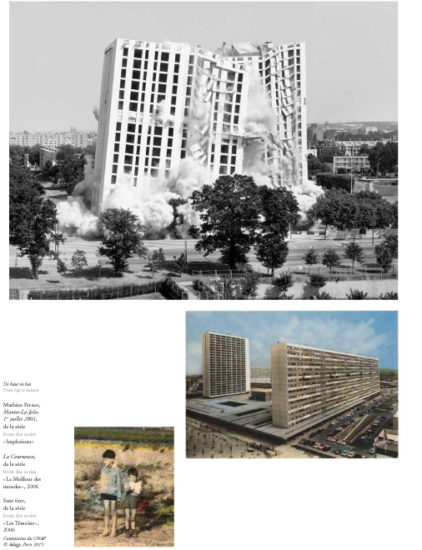Scenography of illusion
The Eyes #5
15/11/2018
Scenography of illusion
Text by Dominique Baqué
Our focus on Paris gives us an opportunity to question contemporary French photography. Today, it seems at its best when it deals with the notions of the document and the alleged veracity of what the image repre- sents. Dominique Bacqué leads us through a reflexive, perhaps typically French trend.



